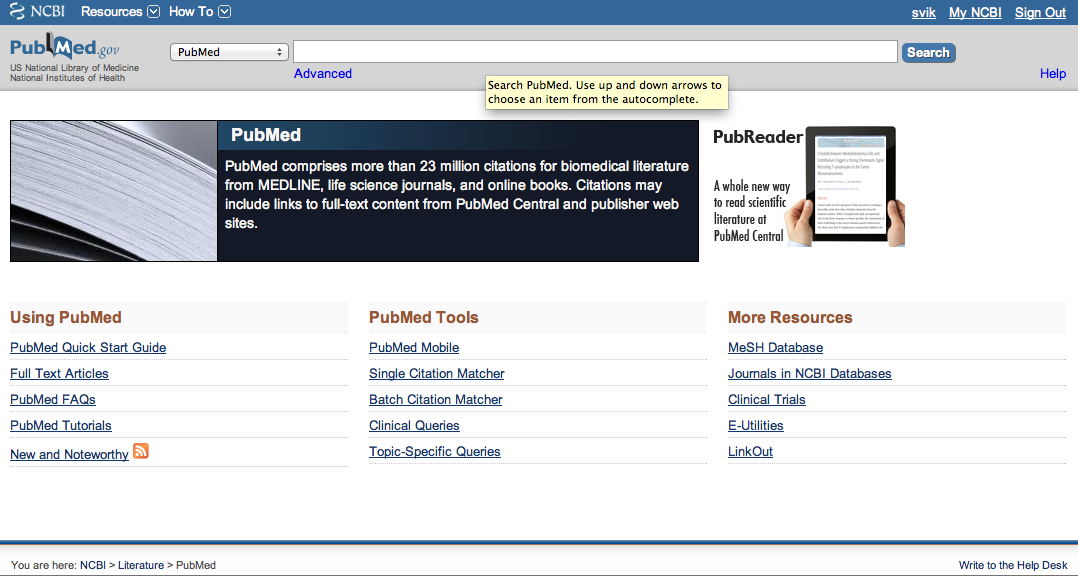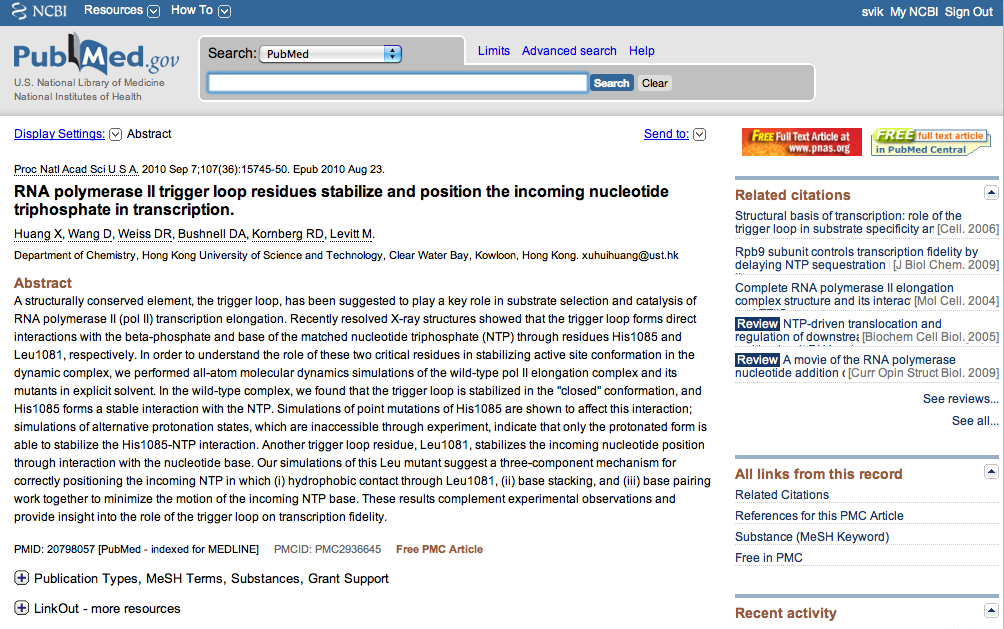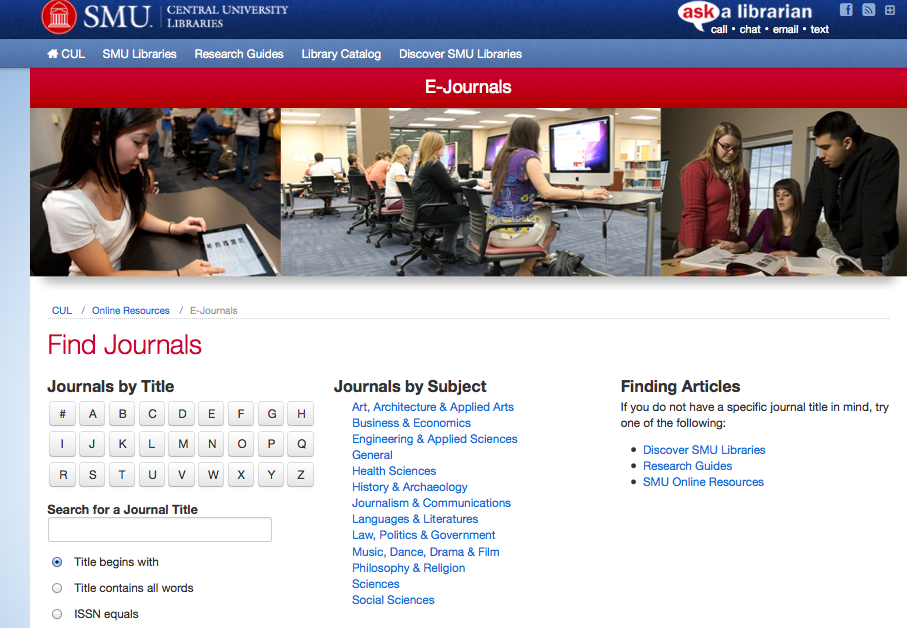BIOL/CHEM 5312
Spring 2015
Guidelines for Paper and Presentation:
Description of the Paper:
The paper you write will be a summary of one of the research articles listed here. Your paper should include an introduction that explains the background of the research project. This section, about 25% of the total, should try to provide information to a general reader, which we will assume will be any member of this class. It should draw upon the principles and techniques that were discussed in this course. Why is the research described of interest? Next is the major section (50-70%) in which the findings of the research project are described. It is important to describe the most important experiments or analyses. An individual experiment is usally summarized in a single figure or table of an article. What was the question or hypothesis? What were the assumptions? How was the experiment done? How did the results answer the question, or support the hypothesis? Conclude your analysis with a short summary, including remaining questions and prospects for future studies. Finally, provide a bibliography, which is a list of references (articles you cited in your paper). The research article that you analysed will be your primary reference. In addition, at least two other references should be consulted. You should consult as many other references as is necessary for you to understand the primary article. These articles will be included in your bibliography. (see next section) The length of the paper is 1600-2000 words.
Bibliography:
You will need a minimum of 2 references in addition to your selected article. At least one should be a review article. These can be found in collections such as the Annual Review of Biophysics, or in many research journals, sometimes called mini-reviews of 3-4 pages. Relevant review articles are often referenced at the beginning of research articles. In addition, PubMed also lists related articles and reviews on its pages (see below). The references should be cited within your paper, and you should follow a standard style, similar to what you will find in the articles themselves. For example, a numbered list of the references cited will appear at the end of the article. In general it is not necessary to reference your selected paper more than once.
Searching for References:
First, look for citations in your research article. In the introduction one typically finds citations to review articles that provide background to the experiments reported. If you are reading an html version of the article, you can probably click through to the cited articles. If you need more information, go to PubMed. You may also find SciFinder to be useful, if you are able to access it.
In life sciences PubMed is the best database, it is free, and its coverage is extensive. It can be found here.

Start a search by typing in a key word or author name: "elongation factor" or "smith ja" When you get a list of articles, at the left of the page you can use filters to restrict your search to "Authors", "Title", "Reviews", or to a time period. "Help" is linked at the right.
You will be able to see Abstracts of the articles through PubMed. That is usually enough to tell you if the article is likely to be helpful.
Access to Full-text articles is more complex. Some articles are linked through PubMed.
To see the article below, click on the journal logo at the far right: PNAS or PubMed Central

Some articles are free to everyone, while others require a subscription. If SMU has a subscription, then you will get access automatically from a computer on campus. If not, you might be requested to pay a fee.
Before paying the on-line charges, there are two things to check:
(1) Go to the Online Resources page of the SMU library. E journals.
If you know the journal, volume, year, page numbers, authors, then go to the journals page:

Type in the first word or two of the journal name in the box on the left, and you can then see if it is available on-line. If you are off-campus, you will need to type in your library number before getting to the journal. This is explained. For printing, generally chose the PDF format. Sometimes an HTML format is available. This is useful for getting images to put into your presentation or paper.
(2) Visit the library yourself. It might be on the shelf. Ask a reference librarian, or try searching PONI yourself. Inter-library loan is useful if you have a week to wait for it.
(3) Another method, is to email the corresponding author and request a pdf file of the paper. Write that you are a student and are interested in the article. Give the complete information, since many scientists publish frequently. This often works, and can be quick.
In-class Presentation:
The time should be about 10-15 minutes. Email me a powerpoint file for presentation at least 24 hours in advance. You may provide a one-page handout to your classmates.
Deadlines for the paper: (in class)
Friday, April 3. Last date to select a paper from the list. topics
Monday, April 13. Detailed outline, or rough draft of your paper must be submitted. A review article must be identified. Key experiments must be identified. Comments will be returned to the students within one week.
Friday, May 1. Presentations. The files should be emailed 24 hours in advance.
Wednesday, May 6. Paper is due at 3:00 PM.
If you miss any of the deadlines, or if you change your topic after April 13 you will be penalized.
Back to 5312 Home
Last updated
Tuesday, January 13, 2015
Comments/questions:E-mail me
Copyright 2015, Steven B. Vik, Southern Methodist University


